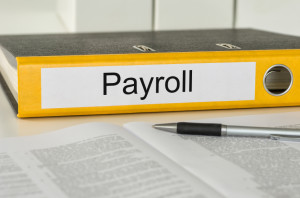 If you’ve done much research on the subject of S corporations, you’ve probably already learned that S corporations may allow shareholder employees to save significant amounts of payroll tax.
If you’ve done much research on the subject of S corporations, you’ve probably already learned that S corporations may allow shareholder employees to save significant amounts of payroll tax.
During the 2004 presidential election, for example, the Wall Street Journal reported that the Democratic Vice presidential candidate, John Edwards, had saved roughly $750,000 one year by taking his $26,500,000 of law firm profits and paying roughly $400,000 of this to himself in salary and the remainder as a “dividend.” (Only salary is subject to payroll tax and not the “dividend” which is how he saved the payroll taxes.)
Even small S corporations can save significant sums by carefully setting shareholder-employee salary levels. For example, a sole proprietor who earns $90,000 might save roughly $6,000 annually if he or she can fairly break the $90,000 into $50,000 of owners salary and $40,000 of “dividends.”
The trick in making this tax planning gambit work, however, is in setting a reasonable compensation level. On one hand, you cannot set the salary level to $0, even though that would mean you don’t pay any payroll taxes. (Many businesses and CPAs have learned this lesson the hard way, unfortunately. In the last few years, the IRS has begun to aggressively challenge low salaries to S corporation shareholder-employees.)
On the other hand, you should be able to set a salary that’s equivalent to what the S corporation might pay some other non-owner employee to do the job that the shareholder employee does. For this reason, one of the most important things you can do to buttress your shareholder-employee compensation policy is to collect good data about what other companies like yours pay people to do a job like the shareholder-employee does.
If you’re concerned that your S corporation shareholder-employee salaries might be too low, let me share that I believe that you can argue a shareholder-employee’s salary is reasonable if the salary is between the 25th and 75th percentiles for a particular job. In other words, in my mind, “reasonable” doesn’t mean the median salary or an above average salary. (Think about this a minute: It seems very difficult to argue that if a quarter of the people doing a particular job are getting paid less than the shareholder-employee that the shareholder-employee is being under-compensated.)
If you’re concerned about the risks of a low salary, you should know that we publish a useful ebook that explains both the official and unofficial IRS positions on S corporation shareholder salaries. The ebook also provides strategies and secrets for maximizing the payroll tax savings of an S corporation. You can get more information on the ebook by clicking here.
Leave a Reply